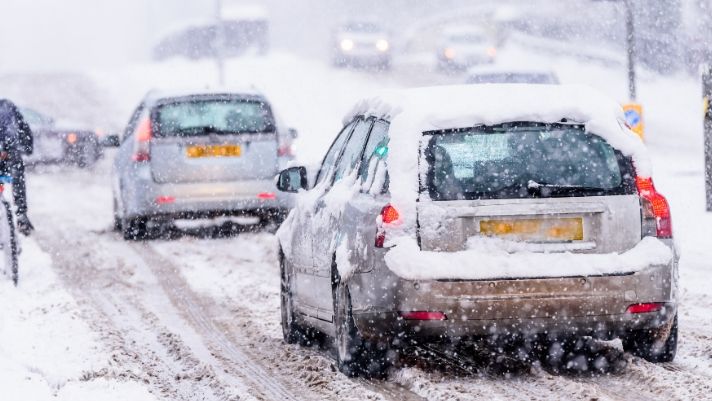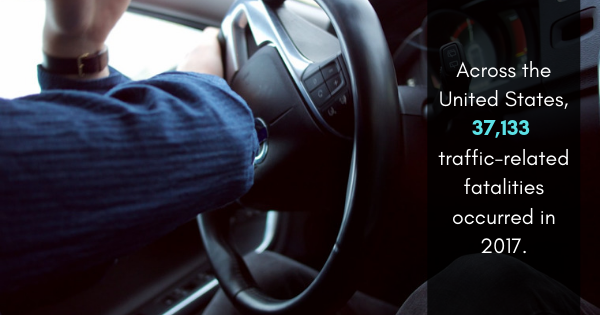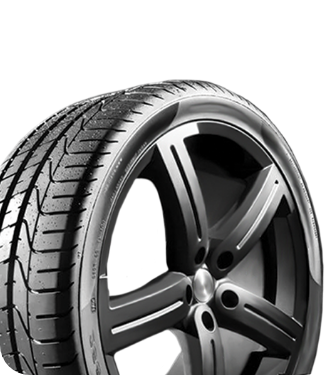

Safety Tips for Driving in Bad Weather
Safety Tips |Driving is a dangerous necessity in the best weather, but when fog, rain, or snow comes, it becomes much more difficult. These bad weather scenarios increase stopping time, decrease visibility, and lead to unpredictable driving by others. Here are some key safety tips for driving in bad weather to follow so you keep yourself and others on the road safe.
Plan Your Drive
You can avoid many difficult situations by giving your car and the upcoming drive some thought. Keeping up with regular maintenance is vital so your tires, headlights, windshield wipers, and internal components, such as your engine, properly function. You should also track the weather hour-by-hour, so you know when to depart to strategically avoid the brunt of a storm. Make sure to pack emergency supplies including a blanket, gloves, a small shovel, jumper cables, and an ice-scraper. Some gear, such as an ice scraper and jumper cables, should be in your car all winter.
Drive Defensively
Being aware of how other’s driving habits affect you, and vice versa is another tip for driving in bad weather. To prevent someone else from causing an accident, increase your follow distance and make an evasive maneuver plan periodically. Distancing yourself from others gives you just enough time to react to a sudden change of speed or direction. Ensuring you have space to get away from an unpredictable driver prevents a collision. Plan possible evasive maneuvers each time new cars approach you. To give others fair warning of your own movements, be sure to signal lane changes and turns early. Don’t hesitate to signal as much as 200 feet earlier than normal to increase other’s awareness and safety.
In Low Visibility, Watch the White Edge Lines
In low-visibility scenarios involving heavy fog, rain, or snow, keep your eye on the white edge line. Using this trick, you maintain your lane placement while averting your eyes from distracting headlights. Road markings are often difficult to track in low visibility, especially on roads with inconsistent markings. Edge lines are much more consistently present. They’re also simple guides because you only need to see one line to stay in one lane. While looking to the edge line, you’re also averting your eyes away from oncoming traffic. This keeps headlight glare from obscuring your view.
Accelerate Gradually
When visibility becomes inhibited and street conditions worsen, make sure to accelerate slowly as well. Tires often lose traction when cars suddenly change speed or direction, so keeping your acceleration even in bad conditions prevents this. And when you’re accelerating slowly, consider letting off sooner than you would normally. Traveling at a slower speed reduces your overall inertia so you can more easily come to a stop if need be and decreases the force of a collision if one occurs. To get help preparing your car for safe driving in bad weather, contact RnR Tire Express. Our team can help you service everything from your wheel alignment to your tires in the Grand Junction area.





